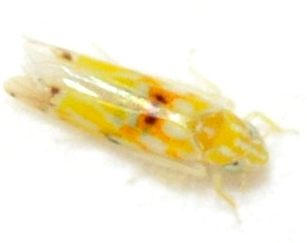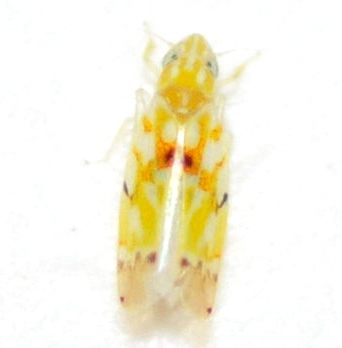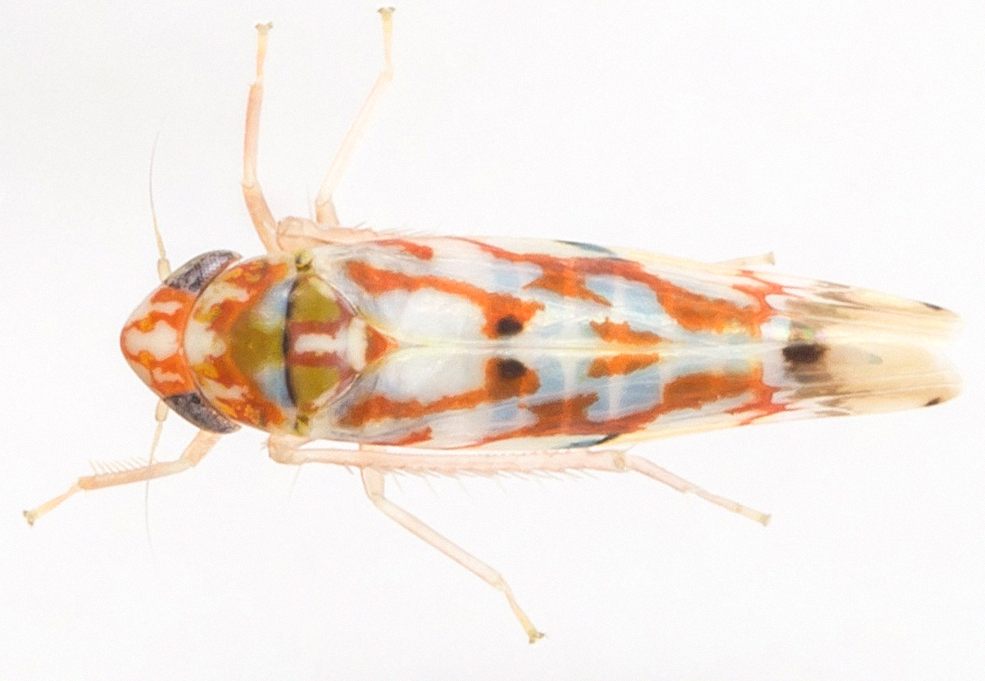|
|
|
|
Species Photo Gallery for Erythroneura vagabunda No Common Name 8 |
 | Photo by: Marilyn Westphal
Henderson Co.
Comment: Attracted to UV light sheet | 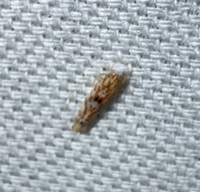 | Photo by: Marilyn Westphal
Henderson Co.
Comment: Attracted to uv light sheet |
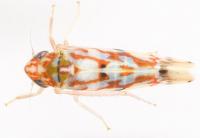 | Photo by: John Rosenfeld
Out Of State Co.
Comment: female | 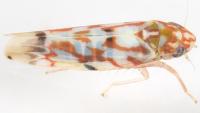 | Photo by: John Rosenfeld
Out Of State Co.
Comment: female |
 | Photo by: John Rosenfeld
Out Of State Co.
Comment: female | 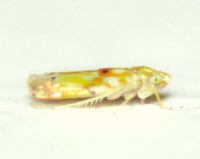 | Photo by: Kyle Kittelberger
Wake Co.
Comment: mixed hardwood forest habitat |
 | Photo by: Kyle Kittelberger
Wake Co.
Comment: mixed hardwood forest habitat | 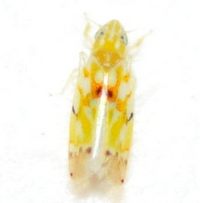 | Photo by: Kyle Kittelberger
Wake Co.
Comment: mixed hardwood forest habitat |
|

 »
»